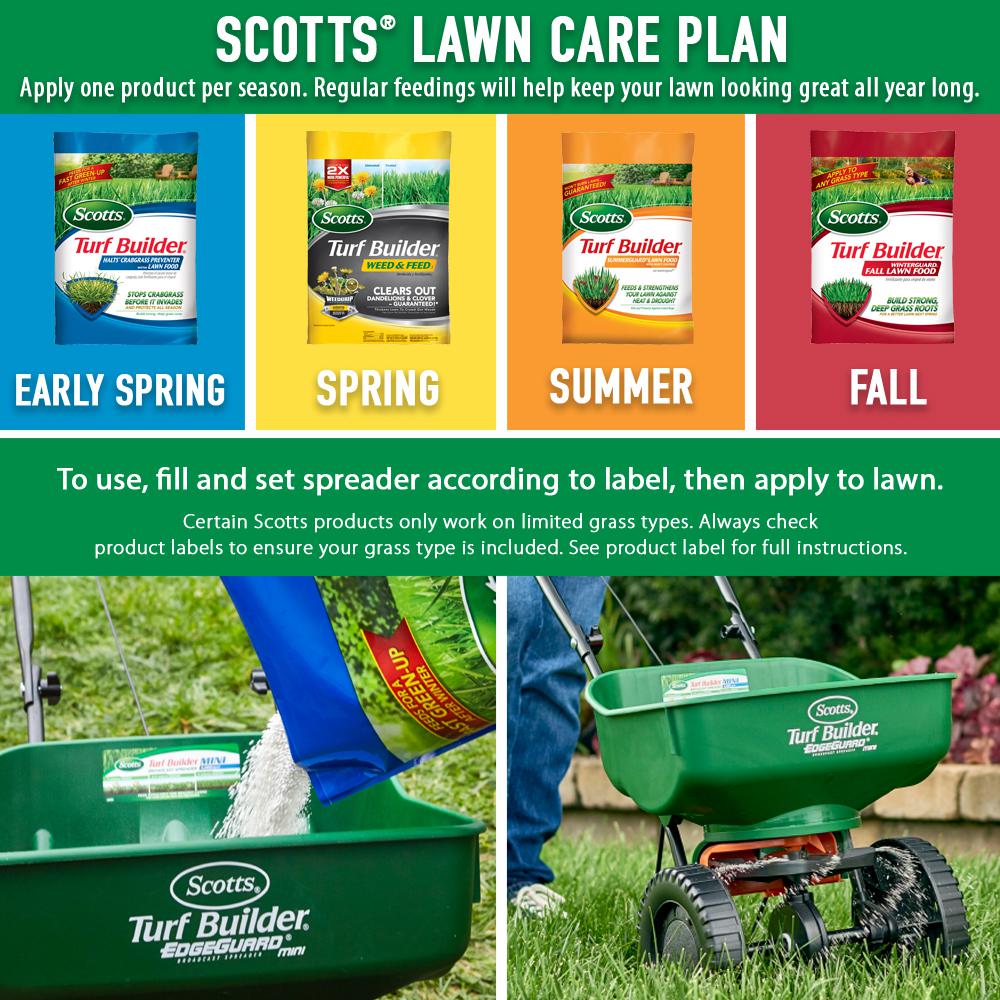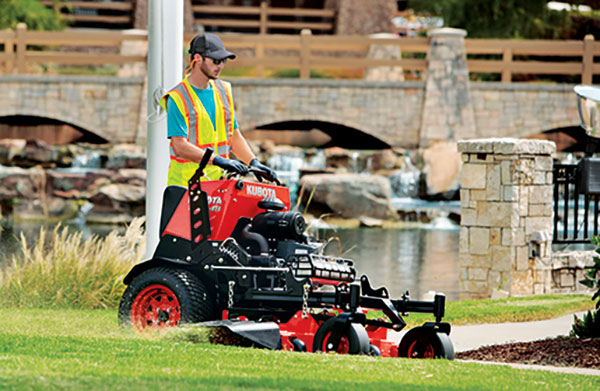Whether it's strong tarnish or repaint, Real Cedar provides a complete list of siding application suggestions. Women trees have little blue balls decorating the branches-- the fruit.
How fast do eastern red cedars grow?
The Red Cedar is not really a Cedar but is actually a juniper. It has a medium growth rate of 12-24” per year with sticky foliage that is a dull green from spring to fall, and in the winter can be green or turn brown or purple.

Just How to Space Red Cedar Plant Kingdoms
What can eastern red cedar be used for?
Eastern red cedar is a tree. The wood, berries, and leaves are used for medicine. People take Eastern red cedar for cough, bronchitis, joint pain (rheumatism), water retention, and flatulence. They also take it to improve appetite and digestion, and as a treatment for fungal infections and worms.
Nevertheless, with semi-transparent spots, you will need to make sure with the application. Hand-operated cleaning is often the best choice considering that splashing can result in blotching. Semi-transparent tarnish likewise beads up water, stopping moisture from passing through the wood's cellular framework. If you desire the grey, weathered look of normally aged wood, however also desire defense, you will need to take unique abnormal efforts to make it look all-natural. Initially, the oil tones the timber with a light grey pigment to deal with and stabilize the shade.
How do red cedar trees grow?

Red cedars can also be propagated via cuttings. Cuttings should be taken in late fall, winter or spring when the tree is dormant and the sap has slowed. Try to take the cutting in the early morning. To grow a cedar from a cutting, you will need a 3- to 6-inch piece of current year's growth.
In sandy dirts or warm, windy conditions, you might have to sprinkle them extra frequently. Spread 2 to 4 inches of timber chips under the tree to conserve wetness as well as keep weed growth down. Spread the fertilizer on the ground under the tree, gently till it in with a rake or hoe, and water well.
- Its foliage transforms greenish-yellow or brown in the autumn and winter season.
- The trunk is covered in furrowed reddish-brown bark that turns grey as the tree develops.
- The flaky https://fcei.unan.edu.ni/matematica/community/profile/conwyniqr4/ dark-green fallen leaves have a resin gland that yields a great smelling odor when crushed.
- It expands in between 50 and also 70 feet high with a 25-foot spread in cultivation, however wild trees can get to heights of 200 feet.
- Western red cedar (Thuja plicata) has a natural conical shape.
How often do you water western red cedar?
Spacing- Single row 12 ft apart, Double row 14 ft apart between rows and plants, multiple rows 20 ft between rows and plants. The Red Cedar is a recommended windbreak tree but consider all the conditions above when selecting this tree.
Eastern red cedar (Juniperus virginiana) reaches elevations of 40 to 50 feet and has a spread of 8 to 15 feet, however is frequently rather smaller sized in farming. This tree has a pyramidal form that expands as it grows older. Its gray-ridged, reddish-brown bark shreds in lengthwise strips. The medium-green, scale-like leaves, which are set up in overlapping teams of 4, create a solid cedar scent. Solvent-borne, oil-based, semi-transparent, discolorations penetrate the timber surface.
Reducing the old vegetation in early spring will allow the brilliant, new development to be seen. Older leaves fade from the startling spring coloration to a dark green. For optimum performance, the WRCLA suggests that Western Red Cedar is pre-finished or preprimed prior to task website delivery. Factory-priming, as the name implies, is carried out in a commercial setup where a machine covering procedure uses a coating to all six sides of each board.
Barbecuing planks can be made from all types of timber, consisting of cedar, alder, hickory, and-- on the sweeter side-- maple. Fish and poultry typically taste ideal with timbers like cedar or alder, while pork is complemented by sweeter timbers, such as apple or maple.